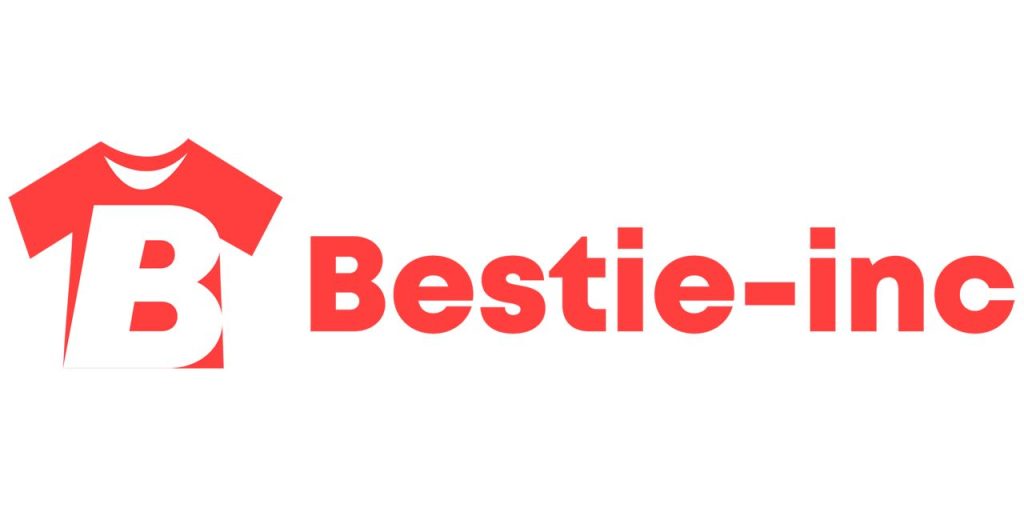news
The Art of Tarot Analysis: A Comprehensive Overview
For centuries, ta mediums onlinerot card analysis has been a powerful tool for spiritual advice and self-reflection. Whether you are a seasoned expert or a curious newbie, understanding the concepts of tarot card analysis can help you browse life’s intricacies with quality and insight. In this thorough overview, we will certainly explore the history of tarot, the different sorts of tarot decks, and just how to translate the cards for individual development and understanding.
The History of Tarot
As opposed to popular tarot reading price list belief, tarot card cards were not originally developed for divination. In fact, they were first utilized as playing cards in the 15th century in Europe. It had not been up until the late 18th century that tarot cards started to be connected with magical and esoteric practices.
Today, tarot reading has actually advanced right into a popular approach for exploring the subconscious mind, gaining understanding into life’s challenges and opportunities, and getting in touch with spiritual overviews and energies.
There are various sorts of tarot decks readily available, each with its own special meaning and imagery. A few of one of the most popular decks include the Rider-Waite-Smith deck, the Thoth deck, and the Marseille deck.
- Rider-Waite-Smith deck: This legendary deck, produced by musician Pamela Colman Smith and occultist A. E. Waite, is known for its vibrant and comprehensive images. It is commonly recommended for beginners due to its clear meaning.
- Thoth deck: Created by Aleister Crowley and Lady Frieda Harris, the Thoth deck is highly heavy and rich in importance. It is prominent amongst experienced tarot readers looking for deeper insights.
- Marseille deck: This traditional deck, originating from France, is among the earliest tarot decks in existence. It is characterized by its basic, medieval-style pictures.
Exactly How to Read Tarot Card Cards
Reviewing tarot card cards is a skill that requires method, patience, and instinct. While there are various ways to translate the cards, among the most common methods is the three-card spread.
When executing a three-card spread, the visitor mixes the deck and attracts 3 cards, each representing the past, present, and future. The cards are after that translated in regard to each other, disclosing understandings right into the querent’s scenario and potential outcomes.
It is very important to remember that tarot readings are not set in stone and ought to be deemed a device for self-reflection and advice as opposed to a prediction of the future.
Translating Tarot Card Cards
Each tarot card has its own special importance and significance, which can differ relying on the context of the analysis and the inquiry being asked. Some common analyses include:
- The Fool: Represents clean slates, spontaneity, and innocence.
- The Illusionist: Represents creative thinking, symptom, and personal power.
- The High Priestess: Symbolizes instinct, mystery, and inner wisdom.
- The Empress: Stands for nurturing, abundance, and creativity.
Verdict
Tarot card reading is a powerful device for self-discovery, spiritual development, and individual understanding. By exploring the background of tarot, understanding the different kinds of decks, and finding out how to translate the cards, you can unlock the knowledge and support that tarot needs to use.
